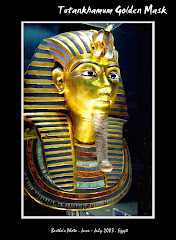

 The products poses a risk of :
The products poses a risk of : 1-Choking :
There is therefore a potential choking hazard if a child puts the squeaking mechanism into its mouth
2-Injuries because of :
A- sharp edges & points
B-welds in the metal frame, slots in the plastics
C-inappropriate dimension of it's parts
D-lack of warning about maximum age of users &
the right way of using it
-Electric shock :
The product poses a risk of electric shock because the transformer has inadequate strength. In addition, the transformer does not bear the required markings and symbols. The instruction manual does not refer to the use of the transformer. This can lead to inadvertent misuse creating a hazardous situation.
the liquid inside the toys contains significant amounts
of different microbes
(e.g. TPC, coliforms, burkholderia cepacia).







